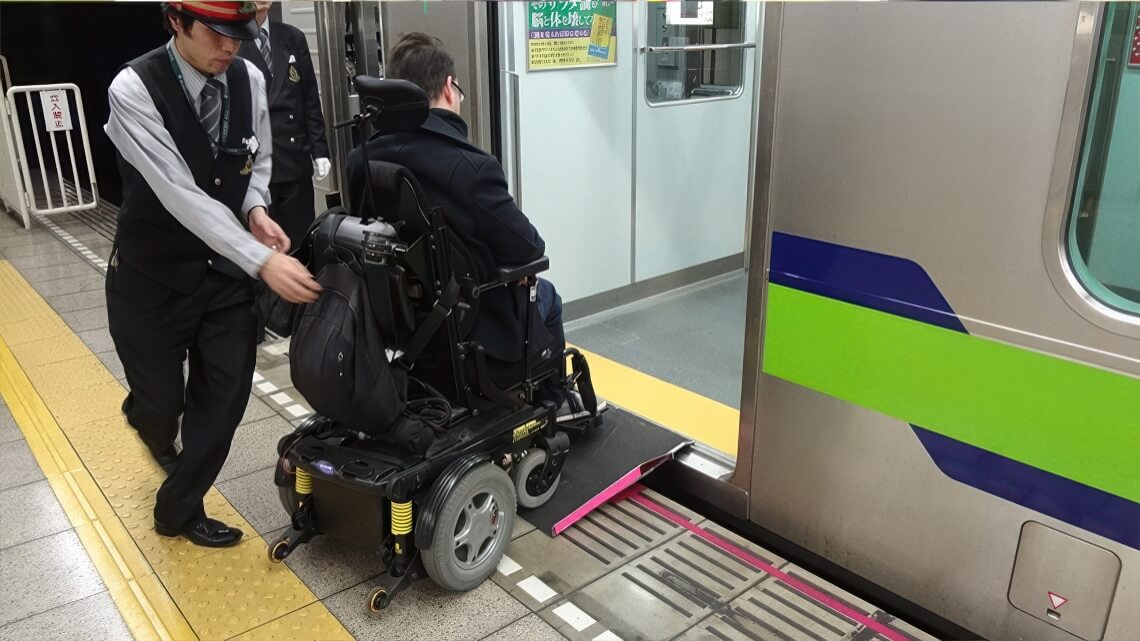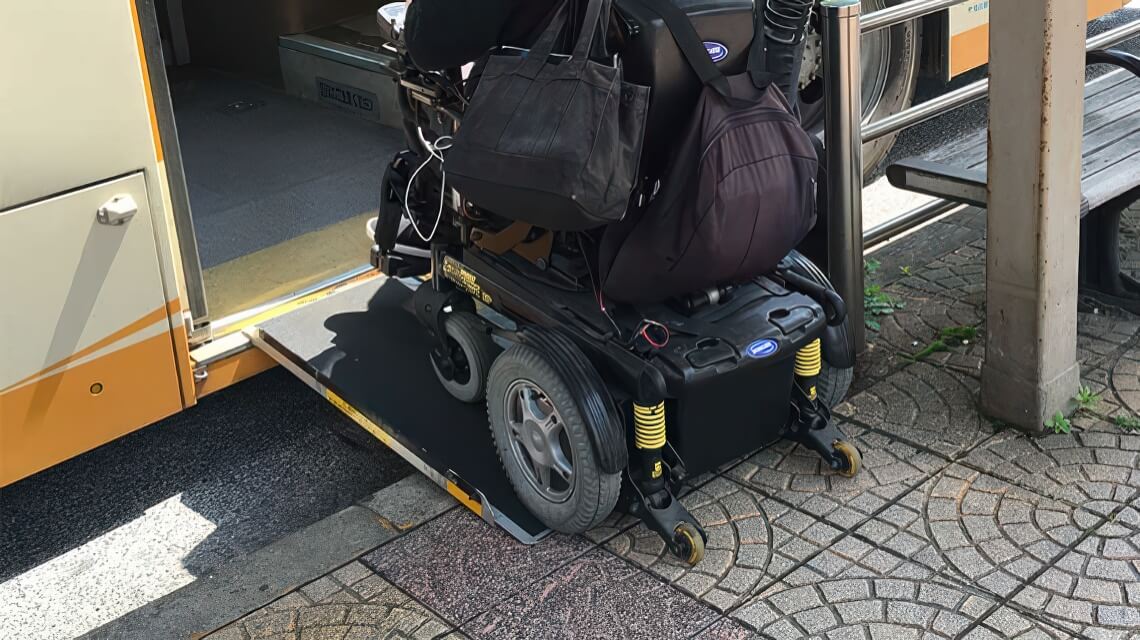Navigating Accessibility in Japan: Answering the Top Google Searches About Disability Access (Part 1)
A visit to Japan ranks highly on many people’s bucket lists, with culture, cuisine, and technology that is far different from most other corners of the globe. But with this desire to visit comes a unique set of accessibility concerns and questions, and whilst Japan (and in particular Tokyo) has made some great strides in improving accessibility since it hosted both the delayed Olympic and Paralympic games in 2021, there are still things to be aware of when planning. With that, there are also many unanswered questions which result in people consulting the likes of Google ahead of their potential visit.
In this blog post, we’ll tackle and talk about one of the three most searched questions about disability access in Japan. We’ll cover the other two in follow-up posts, otherwise you’ll be here all day reading one giant post! Today’s topic, as you’ll see below, is all about accessible transportation within Japan. You’ll find several key points of information, as well as links to relevant pages on our website which will help expand your knowledge and provide you with even more insight! Hopefully these “pearls of wisdom” will help you in the planning process of your trip!
1. How Accessible is Public Transportation in Japan for Wheelchair Users?
Fortunately, Japan’s public transportation system is widely considered to be one of the most efficient in the world, and in recent years, ensuring that these systems are accessible has become a major focus within the country’s urban centers. Cities such as Tokyo and Kyoto have made a sincere effort to ensure that wheelchair users and those with mobility issues can travel on public transportation with ease.
Accessibility on Trains and the Shinkansen
You’ll generally find that almost all metro stations across major cities will have elevators, accessible ticket gates, and ramps to help wheelchair users board trains. You’ll also find dedicated members of station staff who are on hand to assist with the boarding and disembarking of trains, where help is needed. These members of staff are specifically trained to provide help. For example, if a wheelchair user requires a ramp, then staff will arrange for a ramp to be ready and available not only at their departing platform but also at the platform at which they wish to arrive. Check out our page on Wheelchair Accessible Trains and Subways in Japan.

On Shinkansen (bullet trains), you’ll find reserved spaces for wheelchair users on specific cars, and once again, staff are available to assist with boarding the train. It’s important to note that travelers should reserve these spots in advance to ensure their availability. This is extra important during busy travel seasons.
In addition to this, nowadays many Shinkansen trains now also feature quite spacious accessible restrooms – ensuring that your trip can be even more comfortable. You can see some on our YouTube channel – be sure to subscribe!
Despite the excellent accessible transportation links within larger cities, it’s really important to note that the same level of accessibility can not be expected in rural areas. It is therefore advisable to always plan and make inquiries about access before setting out.
Buses and Non-Step Buses
Many of the buses within major city centers like Tokyo, are “non-step buses” which have low floors and ramps to assist passengers with disabilities when boarding as well as seats that fold up to make a wheelchair space. However, as mentioned in our dedicated page for Transportation the loading process for wheelchair users wishing to take the bus is not as seamless and straightforward as when taking the train. This is because you are reliant on the bus driver getting out of their driver’s seat and setting up the ramp for you. It is doable and can be a fun way to get around the city above ground – seeing more of the likes of Tokyo as you travel from area to area – but please note that you may need to have a little flexibility.

Unfortunately, the majority of the highway buses (buses running between cities and to the airport) are not yet wheelchair accessible. For those who use a wheelchair but can walk a short distance, it is possible to store your wheelchair in the undercarriage with the suitecases (provided your wheelchair folds), but for those who cannot walk, using the subway or a private taxi may be required.
Stay tuned for more of your Google searches answered!

Responses